Imagine a place so vast it covers an area larger than Western Europe. A place teeming with more life than almost anywhere else on Earth, where towering trees form an emerald canopy that stretches for thousands of miles. A hidden river wind through an intricate labyrinth of lush vegetation. This is the Amazon Rainforest often called the “Lungs of the Earth”. A breathtaking realm of unparalleled biodiversity and a vital part of our planet’s delicate ecosystem.
For those who have only ever seen it in documentaries, the Amazon might seem like a distant, mysterious world. It’s a living, breathing marvel, a powerhouse of nature that influences global weather patterns. It produces a significant portion of the oxygen we breathe, and harbors countless species, many yet to be discovered. It’s a place of ancient cultures, incredible natural wonders, and thrilling, sometimes dangerous, encounters.
A Vast Realm: The Amazon’s Geography
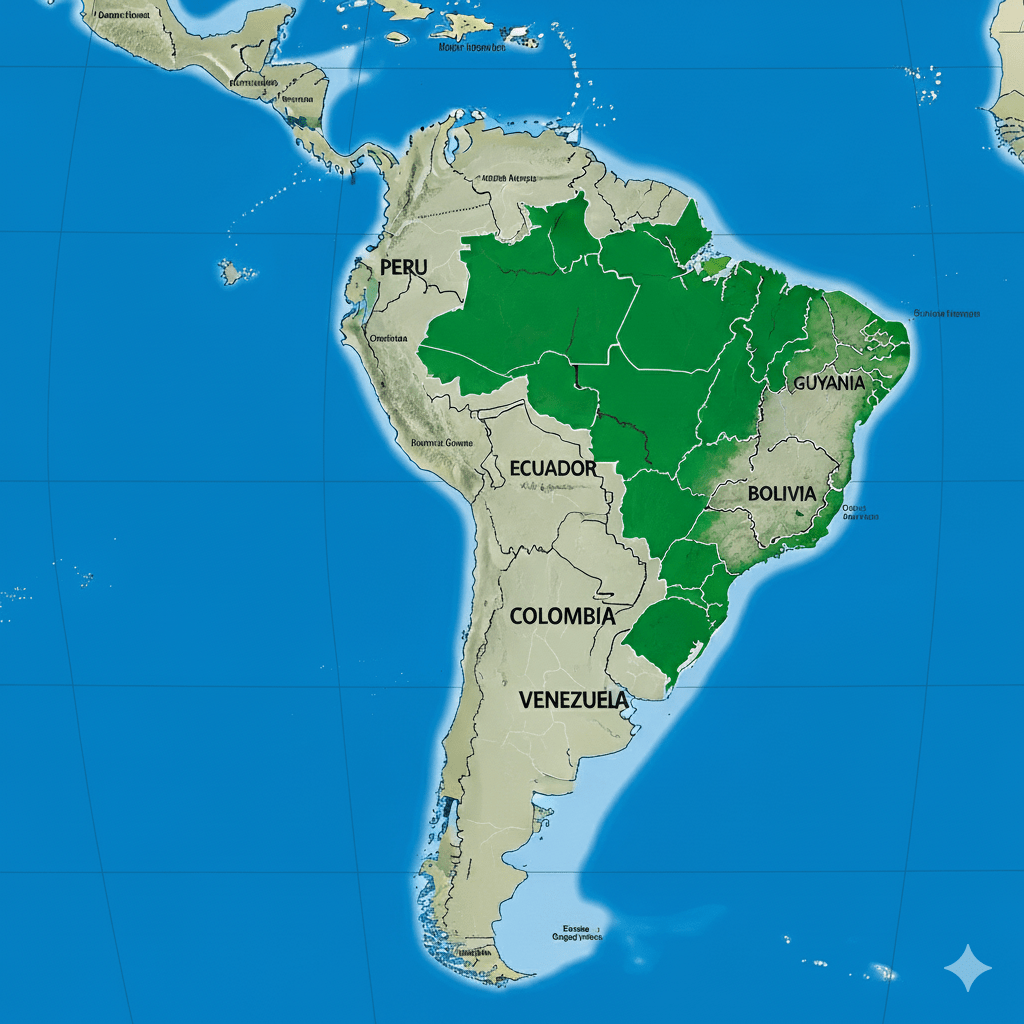
The Amazon is not just a forest; it’s an entire world unto itself. The rainforest spans nine South American countries: Brazil, Peru, Ecuador, Colombia, Bolivia, Guyana, Suriname, French Guiana, and Venezuela, with the majority (around 60%) located in Brazil. Its defining features create a complex and dynamic environment.
- The Amazon River: The undisputed monarch of the region, the Amazon River is the largest river by discharge volume in the world. It meanders for approximately 6,400 kilometers (4,000 miles) from its Andean sources to the Atlantic Ocean, carrying more water than the next seven largest rivers combined.
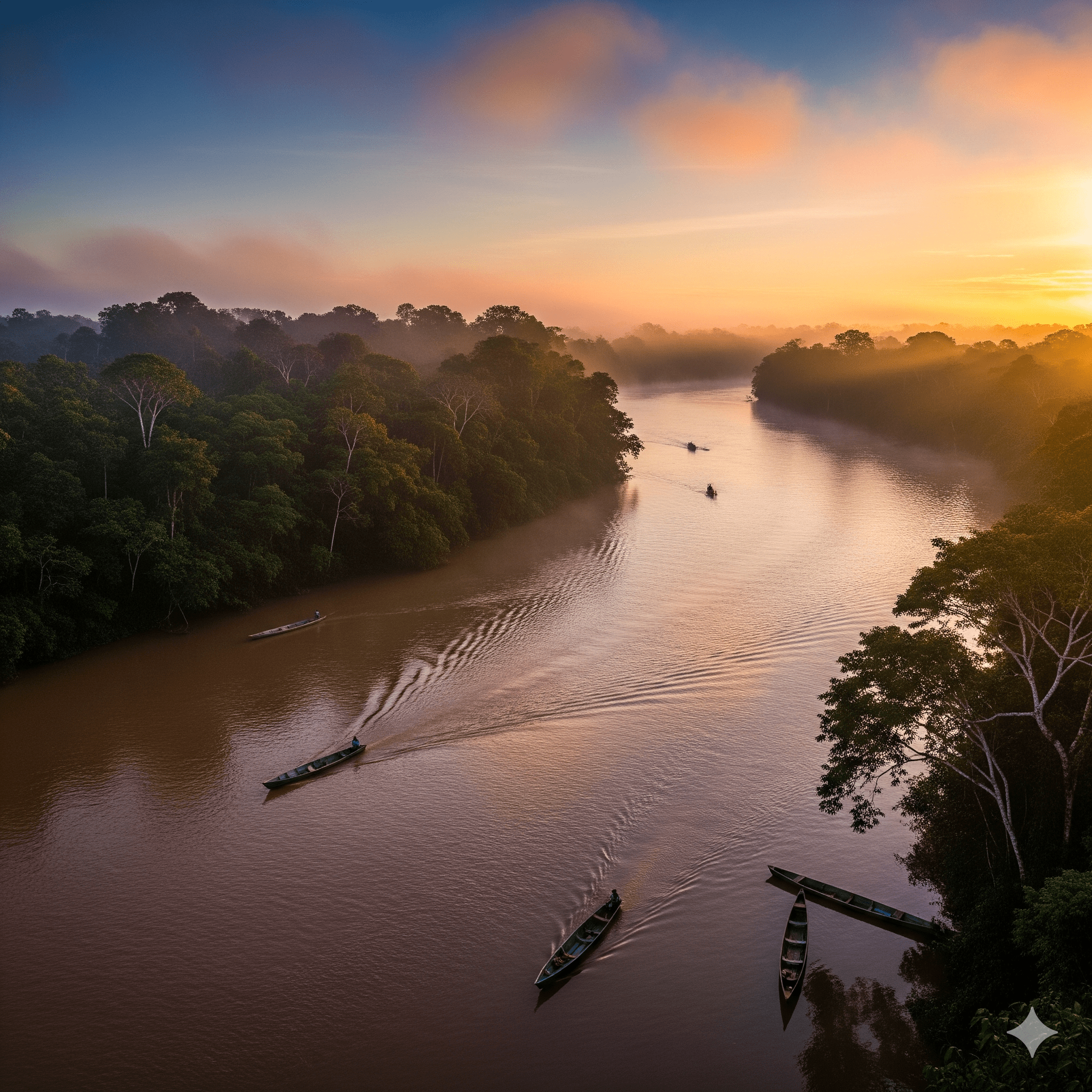
- Vast Floodplains: The river’s annual flooding creates massive floodplains, which are home to unique aquatic life and forests that adapt to seasonal inundation.
- The Canopy: The dense, multi-layered tree canopy is a world unto itself, reaching heights of 50 meters (160 feet) or more. It’s home to countless species of birds, monkeys, sloths, and insects.
- High Humidity and Rainfall: The Amazon experiences a hot, humid, and wet equatorial climate, with annual rainfall often exceeding 2,000 mm (79 inches), contributing to its dense vegetation.
A World of Wonders: Fascinating Facts
- Biodiversity Hotspot: The Amazon is home to approximately 10% of the world’s known species, including 2.5 million insect species and over 2,000 birds and mammals.
- Medicinal Treasure Chest: An estimated 25% of all Western pharmaceuticals are derived from rainforest ingredients, yet only a tiny fraction of the Amazon’s plants have been studied for their medicinal potential.
- Climate Regulator: The Amazon plays a critical role in regulating global climate patterns, influencing rainfall far beyond its borders and acting as a massive carbon sink.
- “Flying Rivers”: The vast amount of moisture released by the trees creates atmospheric rivers, known as “flying rivers,” which transport water vapor across South America.
Respecting the Wild: Dangerous Creatures
While the Amazon is incredibly diverse, it’s also home to creatures that command respect. Encounters are rare for tourists, but it’s good to be aware of the local inhabitants.
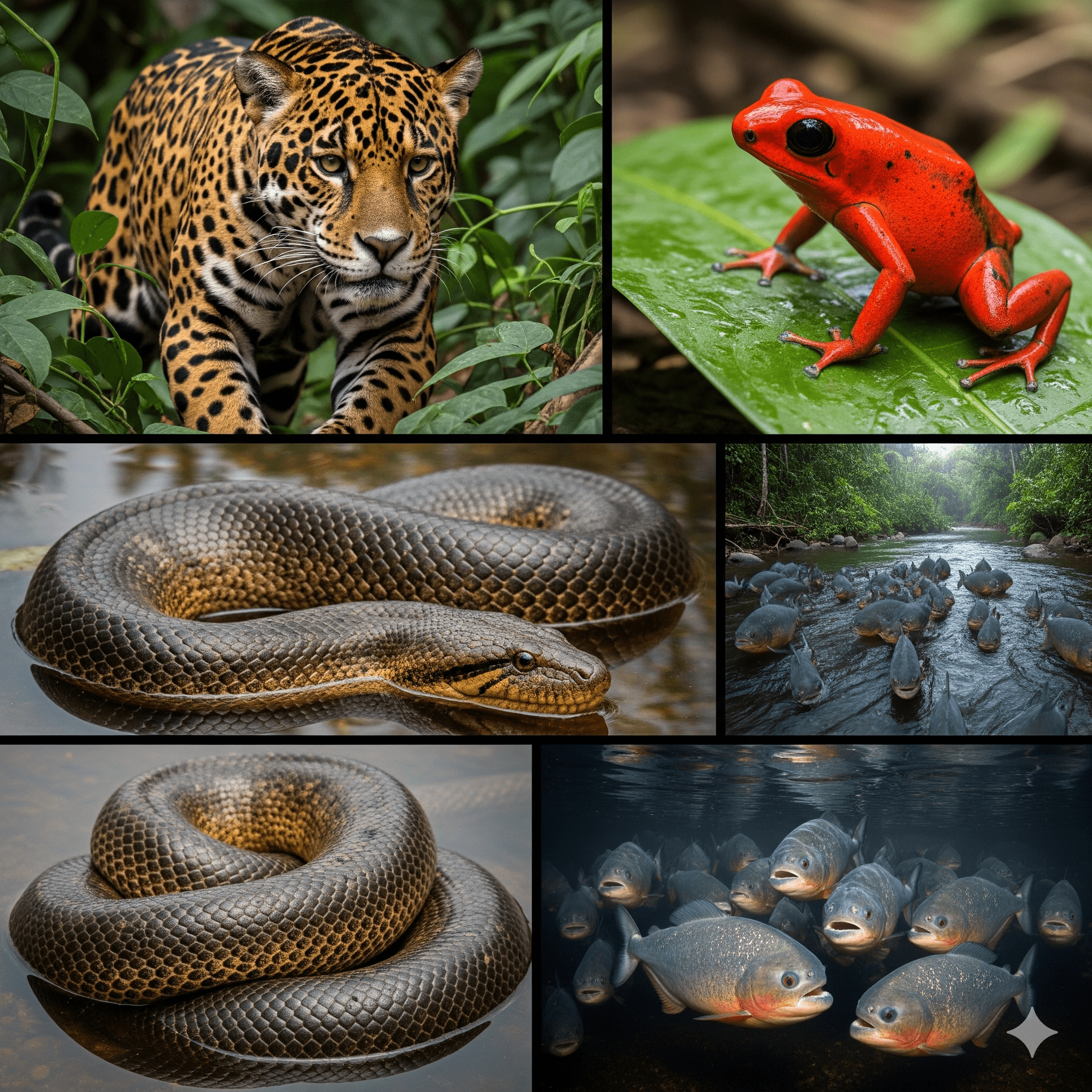
- Jaguars: The largest big cat in the Americas, a powerful and elusive predator.
- Anacondas: One of the world’s largest snakes, found in the Amazon’s murky waters.
- Piranhas: Famous for their sharp teeth and powerful jaws.
- Poison Dart Frogs: Small but vividly colored, their skin secretions are highly toxic.
- Caimans: Large, alligator-like reptiles found in the rivers and wetlands.
- Mosquitoes: While not “dangerous” in the same way but they can carry diseases, making repellents essential.
Guardians of the Forest: The People of the Amazon
For millennia, indigenous communities have called the Amazon home, developing an intimate knowledge of its ecosystems and a rich cultural heritage. Their traditional ways of life are deeply intertwined with the forest, and they play a crucial role in its conservation. Today, these communities face challenges from deforestation and external pressures. But many are actively working to protect their lands and cultures.
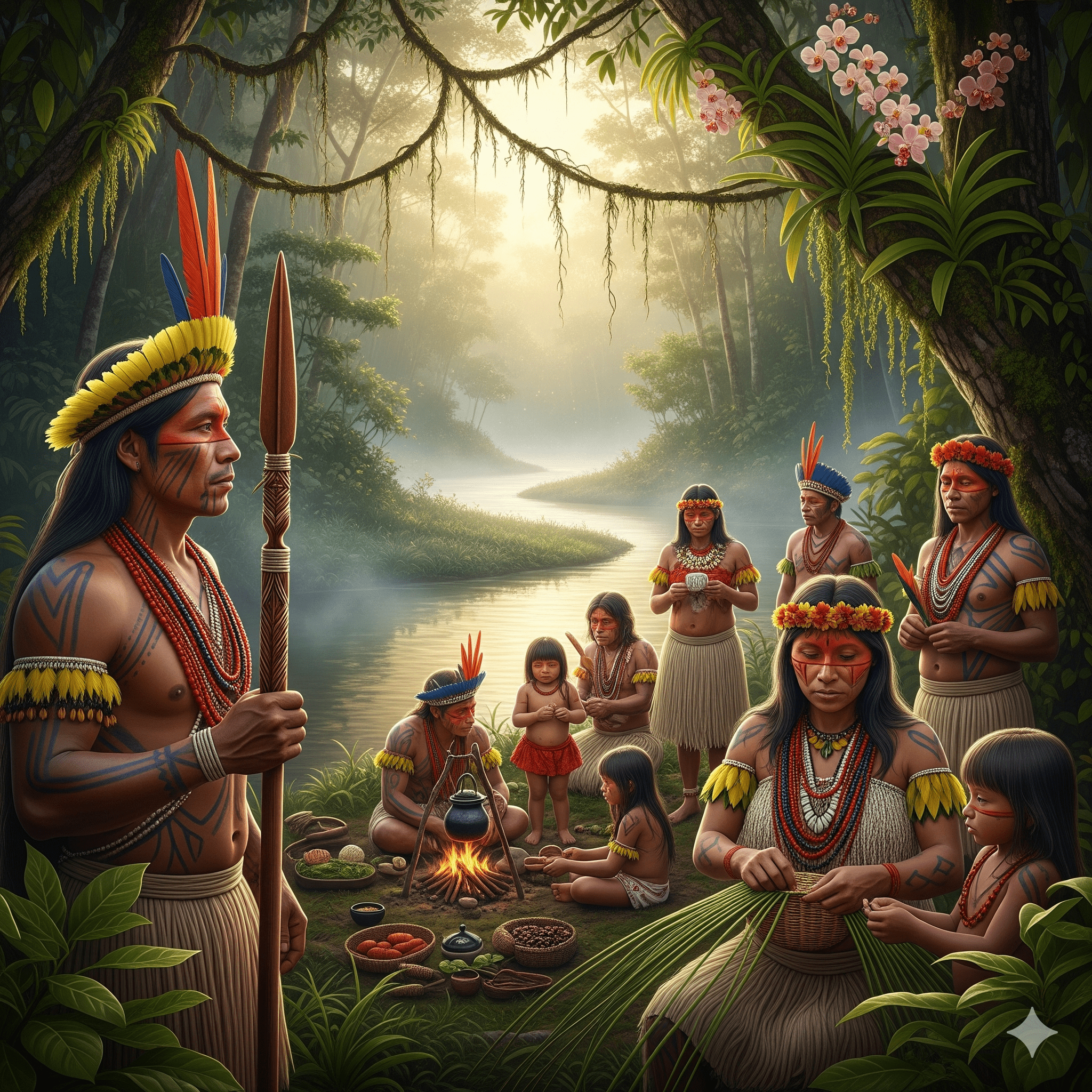
Planning Your Adventure: How to Visit the Amazon
For many, visiting the Amazon conjures images of intrepid explorers. While parts of the Amazon remain untouched, much of it is accessible to tourists through organized, sustainable travel. Responsible tourism can provide economic opportunities for local communities and support conservation efforts.
The most common ways to experience the Amazon are through river cruises or by staying at jungle lodges.
- Amazon River Cruises: These range from luxurious vessels to more intimate boats. You’ll navigate major rivers, stopping for guided jungle walks, canoe excursions, piranha fishing, birdwatching, and visits to local communities. It’s a comfortable way to cover a lot of ground. Popular starting points include Manaus (Brazil) and Iquitos (Peru).
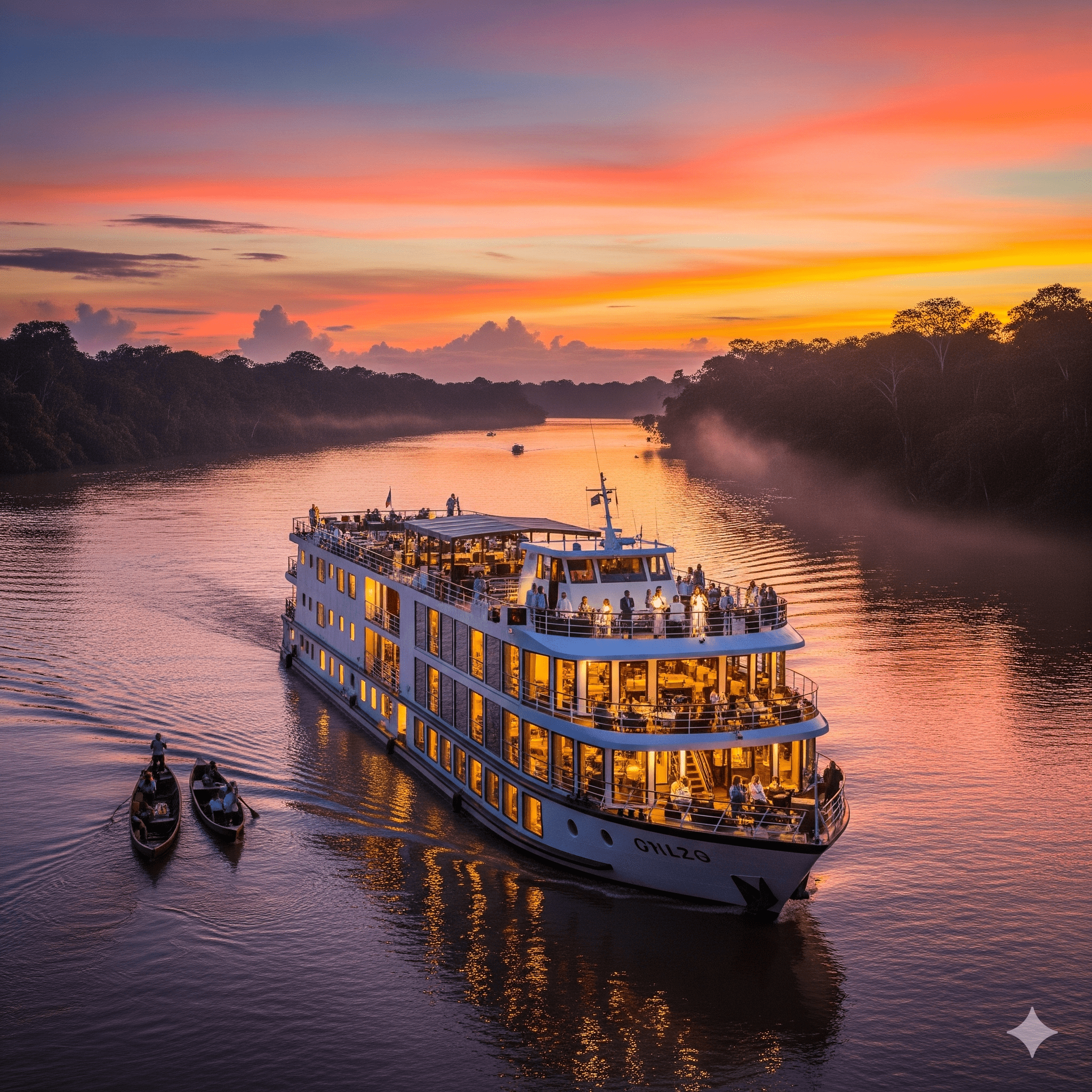
- Jungle Lodges & Eco-Resorts: These are fixed accommodations located deep within the rainforest. Stays typically involve daily guided activities like jungle treks, canopy walks, and wildlife spotting. This offers a more immersive, “boots-on-the-ground” experience. You’ll find excellent lodges near gateway cities like Puerto Maldonado (Peru) and Tena (Ecuador).
Read more blogs at : Okjango.com


